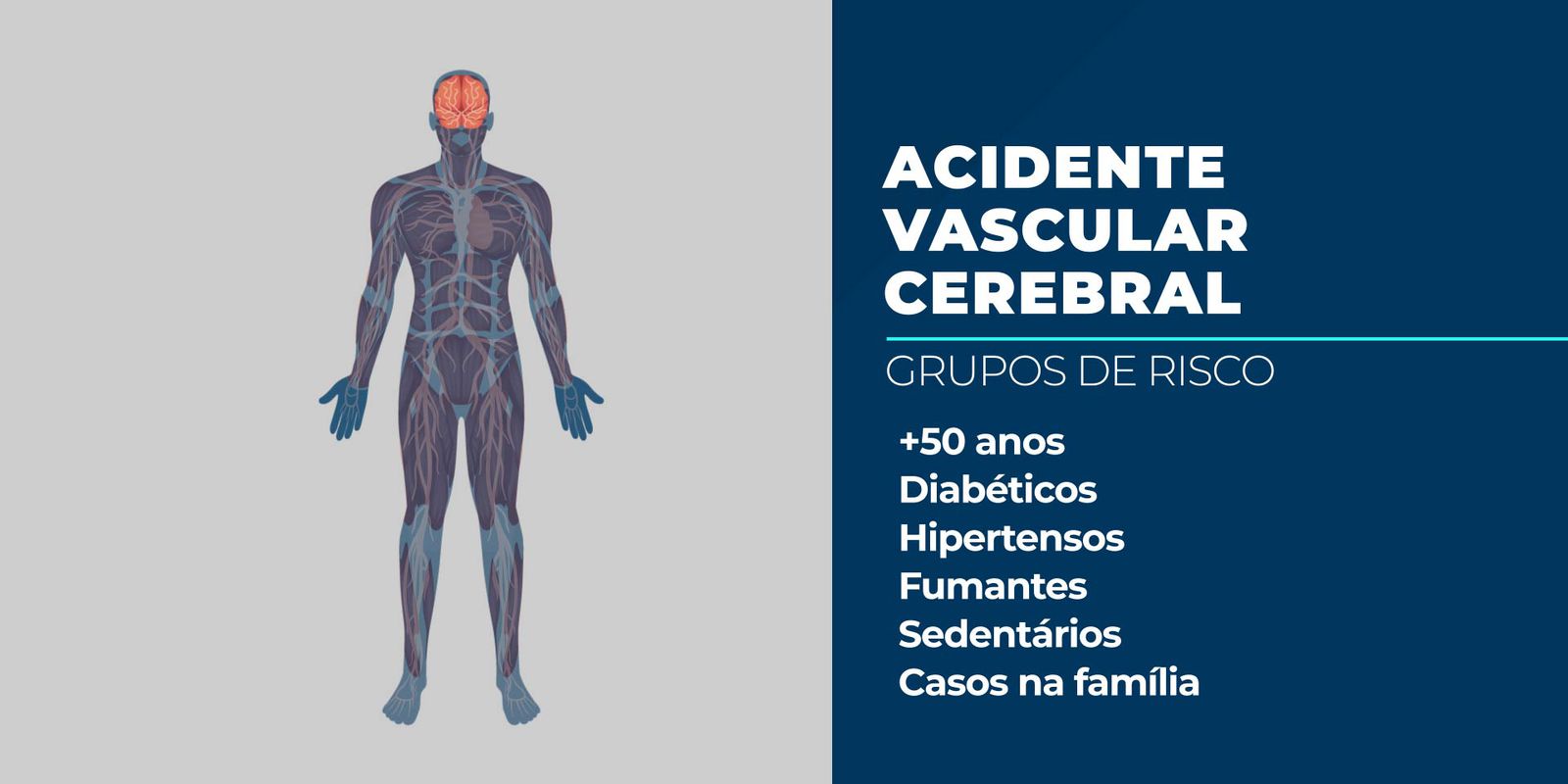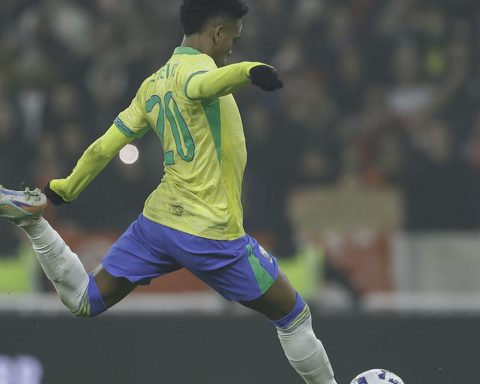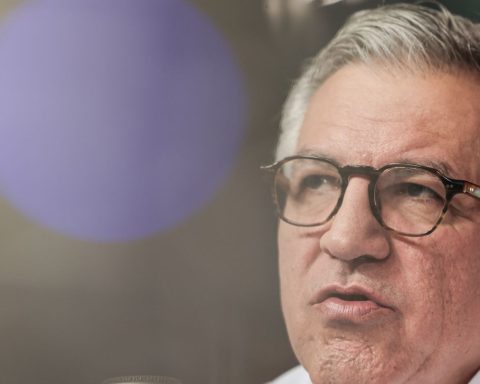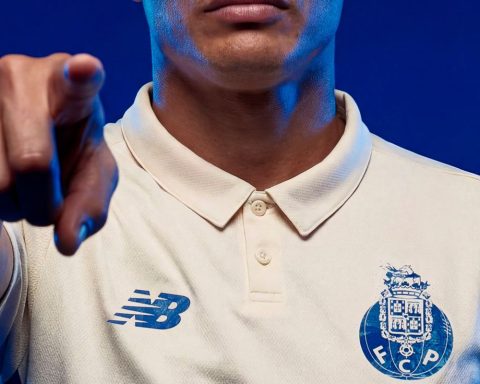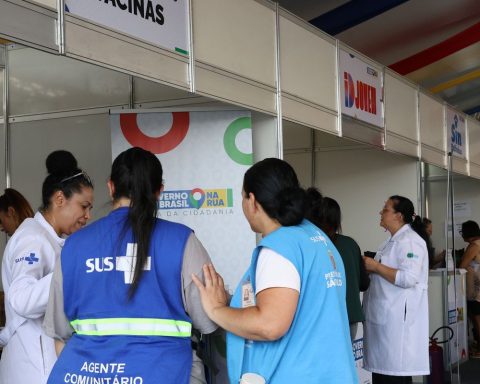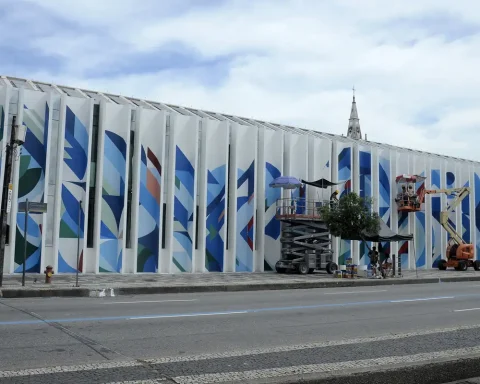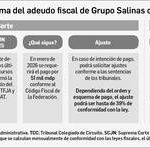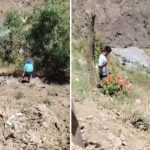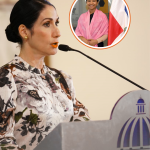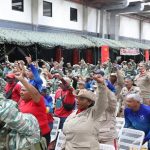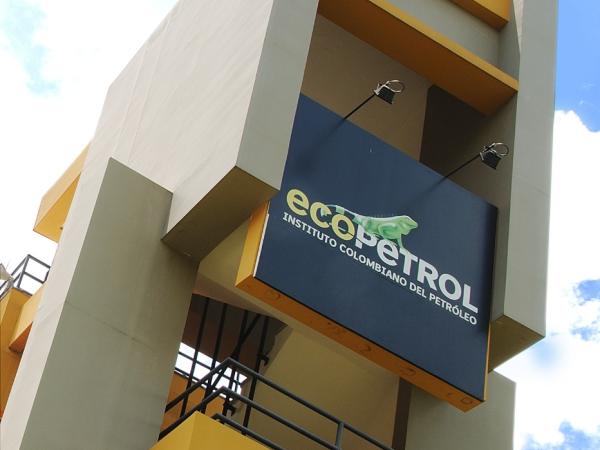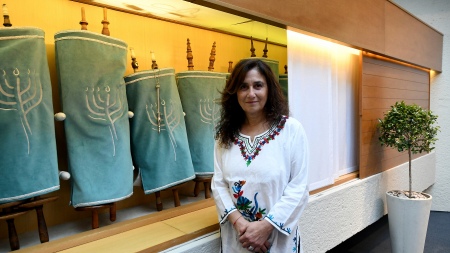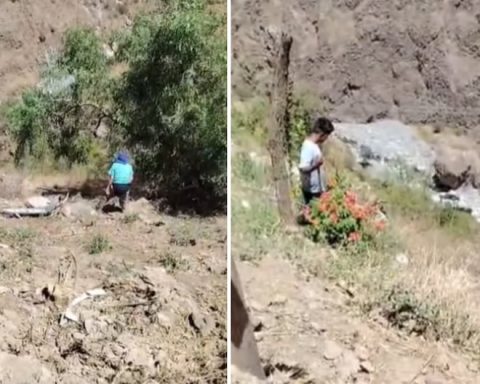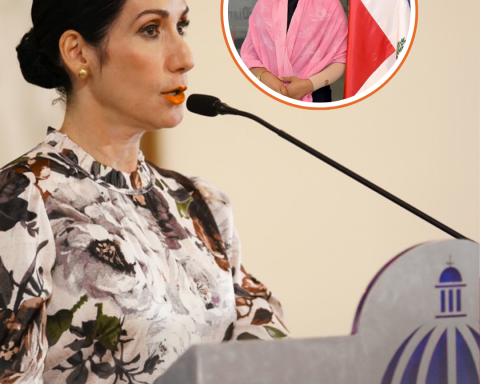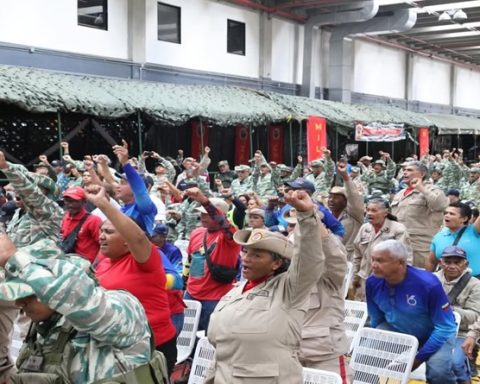Awareness actions mark, this Saturday, the World Stroke Day campaign. According to data from the Civil Registry Transparency portal, maintained by the National Association of Registrars of Natural Persons, stroke has already killed 87,518 Brazilians, from January 1 to October 13 of this year. The number is equivalent to an average of 12 deaths per hour, or 307 per day, and makes stroke the leading cause of death in the country.
In the same period, the heart attack killed 81,987 people and the covid-19, 59,165 citizens.
The president of the Brasil AVC Network and also of the World Stroke Organization, neurologist Sheila Cristina Ouriques Martins, told Brazil Agency that, for more than 30 years, stroke was the leading cause of death in the country. This changed from 2011, when the organization of acute stroke care took more momentum. “The patient, having a stroke, has somewhere to go. He arrives at hospitals prepared. That number of hospitals has increased a lot.”
The neurologist pointed out, however, that with the beginning of the covid-19 pandemic, patients practically disappeared, staying more at home. According to the doctor, from the end of 2020 onwards, the number of stroke cases has increased a lot. Patients began to arrive in a more serious condition, younger and in greater numbers. “CVA has become, again, the number one cause of death in the country”. According to Sheila, this probably happened because people spent more time without prevention, more time without going to the doctor and stopped taking preventive medication, which may have contributed to the increase in more serious cases after the pandemic.
As people have already returned to seek medical care, Rede Brasil AVC has a new orientation campaign so that people learn to recognize risk factors and to prevent themselves. “And also to let them know that stroke is treatable and that, if it happens, the patient has to go quickly to a hospital that is prepared to provide adequate care, because this saves lives and reduces the patient’s sequelae.”
Samu
According to Sheila, the acronym Samu, created by the League of Neurology Students of Bahia, is effective to check if a person is suffering a stroke. “The patient is asked to smile (S) and the mouth is observed to be crooked; he is asked to raise his arms and give a hug (A) and he is observed if an arm falls because it is weaker; asked to sing a song or say a message (M) to see if the speech is slurred. Once these signals are identified, urgent (U) 192 must be called, because every 1 minute there are almost 2 million neurons that die if the stroke is not treated”.
On today’s date, awareness of the need to quickly identify the signs of the problem and prevention gain more strength in the campaign carried out by the Brasil AVC Network and the World Stroke Organization (WSO, or World AVC Organization). Information should be increasingly disseminated, as deaths from the disease increase every year: in 2020, there were 81,913 deaths between January and October 13, and last year, 84,818.
There are two types of stroke: ischemic stroke, which occurs when there is a lack of blood in some area of the brain and corresponds to 80% or 85% of cases; and hemorrhagic, when an arterial vessel ruptures. Quick help avoids more serious impairment, which can leave permanent sequelae, including reduced movement, memory loss and speech impairment, “in addition to drastically reducing the risk of death”, said the president of Rede Brasil AVC. .
spasticity
Little known by its technical name, spasticity, which is characterized by muscle stiffness in the lower or upper limbs, affects about 40% of post-stroke patients. This condition must be treated to restore quality of life to patients, said the president of the Brazilian Association of Physiatry and Physical Rehabilitation, Eduardo Melo.
The association is promoting the Tempo É Movimento campaign, with the aim of making the population aware that the sequelae of stroke can and should be treated. According to Eduardo Melo, stiffness and muscle spasms, which are called spasticity, can happen after a stroke and must be treated to restore mobility to people and bring more quality of life and independence. “Unfortunately, it is still very common to think that it is normal for patients to live with post-stroke sequelae. And it shouldn’t be like that,” he said.
The diagnosis of spasticity is clinical and depends on the degree of muscle tone and the patient’s difficulty in stretching the affected muscle. In general, spasticity begins to appear within the first three months after the stroke occurs. Treatment must be multidisciplinary, with follow-up by several specialists (physiatrist, neurologist and physical therapist, among others), and may include oral and injectable medications.
Cardiologist and sports medicine specialist Renata Castro recalled that, as the brain is responsible for commanding different body functions, the consequences will depend on which area was affected by the stroke. “The sooner care for stroke patients is performed, the greater the chance of survival without sequelae. Therefore, it is important that the entire population is able to recognize the signs of stroke, remembered by the acronym Samu: smile, hug, message, urgency “, added the cardiologist.
vascular dementia
Small multiple infarcts in the brain, caused by the interruption of blood flow, can cause vascular dementia. According to neurologist Marcus Tulius, from the Niterói Hospital Complex and researcher at the Oswaldo Cruz Foundation, the disease represents about 5% of all types of dementia and is an important sequela of stroke.
According to the doctor, the problem usually appears within three months after ischemic stroke and has a rapid and greater evolution than that of other types of dementia. “Vascular dementia is the second most common cause of neurological damage in the elderly and accounts for about 5% of all types of dementia, second only to Alzheimer’s disease.”
The condition is characterized by small interruptions in blood flow, called a heart attack, that occur in the brain throughout life, especially in people who have already had a stroke. These infarctions are strategically located in the central nervous system and give rise to various cognitive impairments. Marcus Tulius pointed out that this type of dementia is irreversible. Despite this, the disease can be treated to delay progression and improve the quality of life for patients.
The diagnosis of vascular dementia is made through neurological and imaging tests, such as magnetic resonance imaging and computed tomography, in addition to a medical evaluation of the symptoms presented by the patient and their lifestyle.
Symptoms
A stroke occurs when blood vessels that carry blood to the brain are blocked or ruptured, causing paralysis of the brain area that has lost blood circulation. The disease affects more men and the elderly over 65 years of age, but women, when they enter menopause, have a risk equivalent to that of men, highlighted the neurologist Sheila Martins. Blacks are most at risk due to uncontrolled high blood pressure. “But most factors can be identified early and treated, because 90% of stroke cases can be prevented.”
Symptoms include weakness or tingling in the face, arm, and leg, mental confusion, change in vision, balance, coordination, and sudden, severe headache. The factors that can lead to stroke are high blood pressure, high cholesterol, smoking, alcohol abuse, sedentary lifestyle, obesity, diabetes, cardiac arrhythmia, depression, anxiety and inadequate diet.
Young people and children are also at risk of having a stroke, but it is a lower risk”, said Sheila Martins. According to the doctor, the number is increasing because people are more obese, more sedentary, do not eat well and have hypertension earlier. This has made people have strokes at a younger age.
The doctor pointed out that the Save the Precious Time campaign, from the Network, always remembers that stroke is preventable and that every minute counts. “Saving minutes, we save lives.” The faster the patient with signs of stroke receives adequate treatment, the more the chances of sequelae are reduced.
The Brasil AVC Network is a non-governmental organization created in 2008 with the aim of improving multidisciplinary care for stroke patients throughout the country.
